There are many short stories about ancient calligraphy, as long as you pay attention to find or read some biographies of ancient calligraphers. You will find the persistence and efforts of the ancients in learning calligraphy. They have shown different thoughts and expressions from ordinary people since childhood!
Let me introduce a few calligraphy stories about the "Sage of Calligraphy" Wang Xizhi to share with you!
1. Wang Dao Guan Shu
Wang Dao was the prime minister of the Eastern Jin Dynasty and the uncle of Wang Xizhi. During the reign of Wang Xizhi, he practiced calligraphy very hard and showed his extraordinary talent in calligraphy. One day, Director Wang read Xiao Xizhi's handwriting and said to Xizhi's mother: "Our Wang family has always been called the family of ink exporters. I think that although my nephew is young, he is very talented. He has a lot of talent for passing on his legacy." After saying that, he solemnly said: "I hid it in my belt when I was crossing the river and brought it out. I will pass it on to you. I hope you will have a good future and be able to achieve something in calligraphy. Make a difference!"
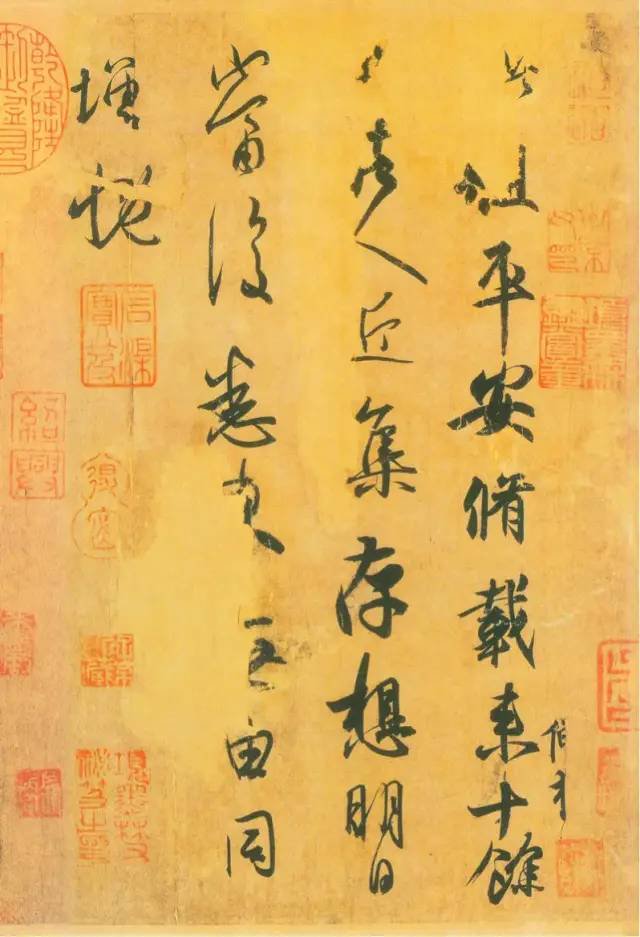
Wang Xizhi's works
2. Hundred-character practice
Mrs. Wei was a close friend of Wang Xizhi's family. After reading Wang Xizhi's calligraphy, she felt that Xizhi was a talented person and was willing to pass on her years of experience to him. It is said that every three days, Mrs. Wei would go to Wang Xizhi's home to teach him calligraphy, asking him to write ten characters every day and practice each character a hundred times, which was called "Hundred Character Practice".
More than a month later, Wang Xizhi asked Mrs. Wei how to write quickly and save strokes, and Mrs. Wei told him the secret of writing in cursive script. But he was told: Children cannot practice cursive fonts.
When children practice calligraphy, they must write "real calligraphy", and as a person, they must practice "correct calligraphy" in a real way. It can be seen that Mrs. Wei guided Wang Xizhi to practice calligraphy, and at the same time, she also taught him the principles of life.
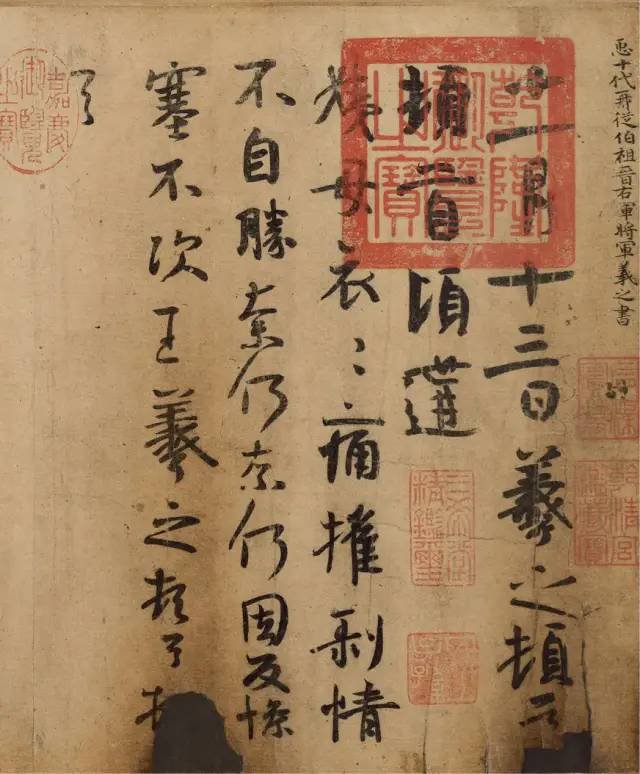
Wang Xizhi's works
3. Wang Xizhi’s Book Fan
Wang Xizhi served as the governor of Kuaiji County. After he was dismissed, he lived at the foot of Sheshan Mountain. He saw an old lady selling ten hexagonal bamboo fans. Wang Xizhi asked her casually: "How much does this fan cost?" The old lady said: "Twenty." A handful of money. After hearing this, Wang Xizhi became very interested in writing. He picked up his pen and wrote five words on the fan.
When the old lady saw it, she felt regretful and helpless, and said anxiously: Our whole family relies on me selling this fan to make a living. When you write like this, it will be ruined for me. How can I sell it?" Wang Xizhi didn't worry. He said slowly, "It doesn't matter, as long as you tell people this is written by Wang Xizhi, each fan can be sold for a hundred dollars." "
When we arrived at the market, people were rushing to buy the fans. The old lady was so happy that she brought some fans and asked Wang Xizhi to write, but Wang Xizhi just smiled and didn't answer. It can be seen that Wang Xizhi's calligraphy was already valued by people at that time.
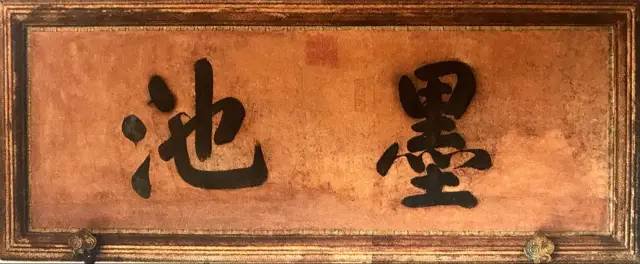
Plaque on Wang Xizhi’s former residence
4. Develop your own body
Wang Xizhi was taciturn when he was young, but he studied calligraphy very seriously. He often studied the calligraphy style even when eating and walking. I often think about it in my mind and make gestures with my hands. He often scratched himself, and over time, his clothes were torn. One day, while he was drawing on himself and thinking about calligraphy, he accidentally drew on his wife. His wife said angrily, "Why are you drawing on other people's bodies? Is your own style gone?" When Wang Xizhi heard the words "Zijia style", he suddenly realized that he should create his own calligraphy. After that, he studied diligently and learned from others' strengths and finally finally He has formed his own unique calligraphy style and is well-known in the calligraphy world.
5. Wang Xizhi eats ink
Wang Xizhi's achievements in the art of calligraphy are not unrelated to his insistence on practicing calligraphy every day and his concentration when practicing calligraphy.
One day, he was concentrating on practicing calligraphy in his study. The maid brought his favorite mashed garlic and steamed buns, urging him to eat them.
When Madam and Y Huan came to the study again, they saw Wang Xizhi taking a steamed bun dipped in ink and putting it into his mouth, making his mouth black.
It turned out that Wang Xizhi was practicing calligraphy while eating. When he looked at the calligraphy, he thought the ink was like minced garlic and ate it.
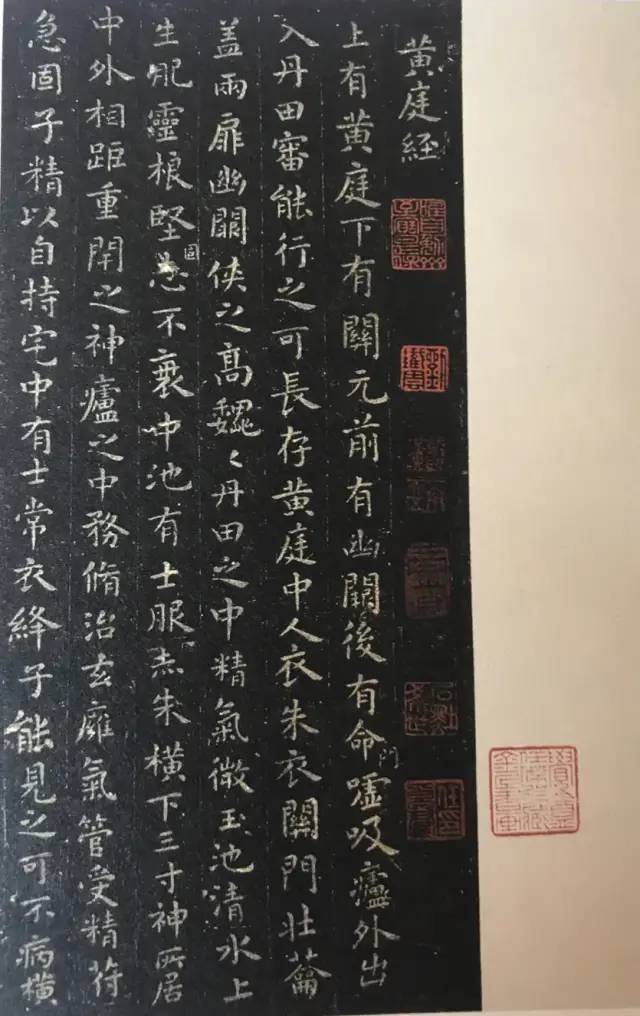
Wang Xizhi's works
6. A word worth a thousand dollars
In 672 AD, Emperor Gaozong of the Tang Dynasty established the Preface to the Holy Religion of the Tripitaka of the Tang Dynasty, and monk Huairen of Hongfu Temple in Chang'an took on this responsibility. In order to show the importance of opposing the issue of Li Phosphorus, Monk Huairen came up with a good idea and said that he would invite the most qualified calligrapher to write it, and this person was Wang Xizhi.
Everyone knows that Wang Xizhi was from the Eastern Jin Dynasty. How could he write on the stele erected in the Tang Dynasty? Even Emperor Gaozong of the Tang Dynasty laughed at Huairen. However, Huairen was calm and said that he did not really ask Wang Xizhi to write it, but collected the words written by Wang Xizhi and then engraved them on the monument in his handwriting.
Finally, after searching everywhere, I finally collected Wang Xizhi's characters one by one according to the preface of "The Preface to the Holy Teachings of the Tripitaka of the Tang Dynasty". But the process of collecting the characters was not easy, and several characters could not be found. Huairen had to ask the court to post a notice, saying that whoever contributed a character that was urgently needed in the inscription would be rewarded a thousand yuan. This later became a legend in the book world. The rubbings of this stele are therefore called "Qian Jin Tie".
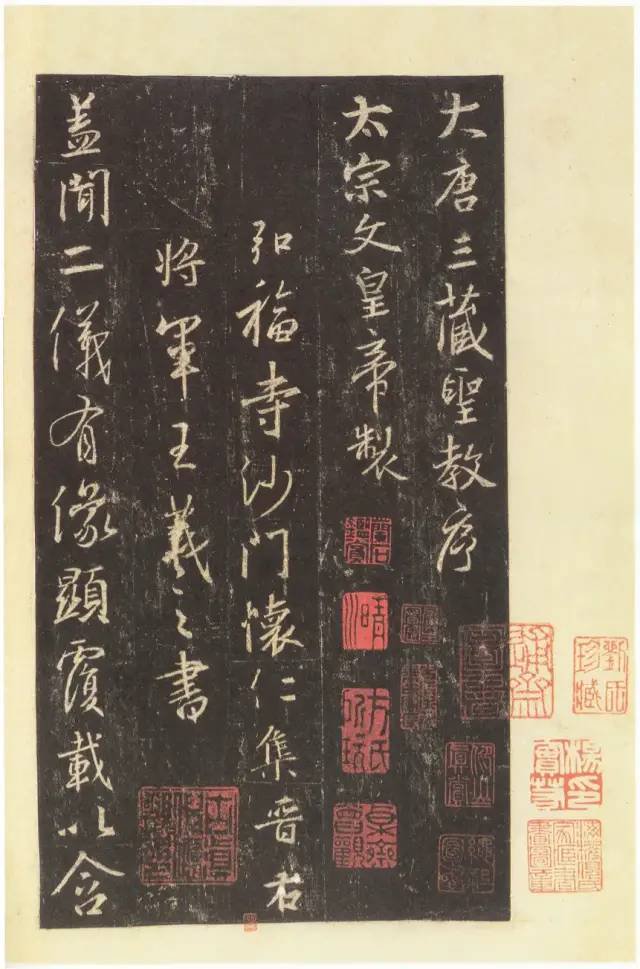
Wang Xizhi's works
The above stories may be legends, and may be exaggerated, but they vividly reflect Wang Xizhi's hard work in practicing calligraphy and Wang Xizhi's extraordinary achievements in the art of calligraphy.
The pictures and texts come from the Internet, and the copyright belongs to the original author. Infringement will be deleted.








